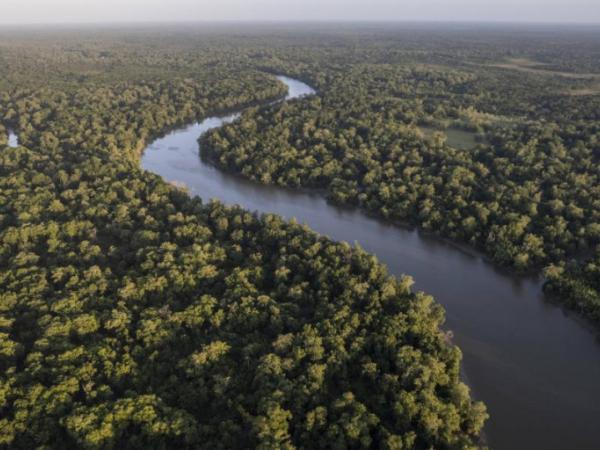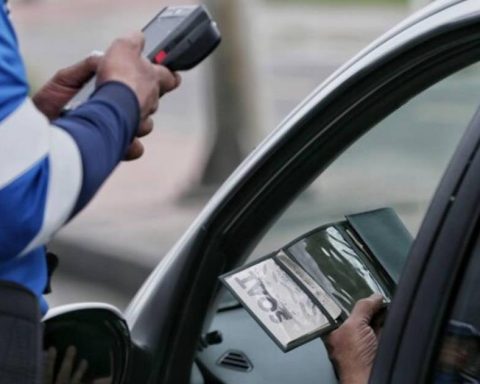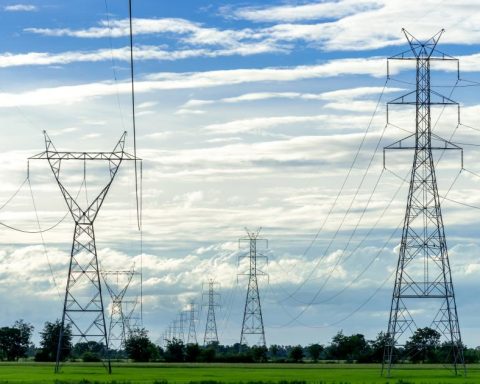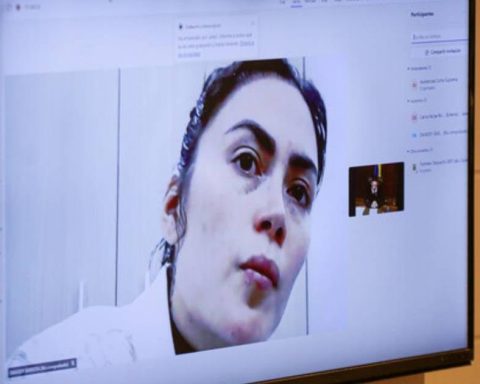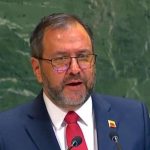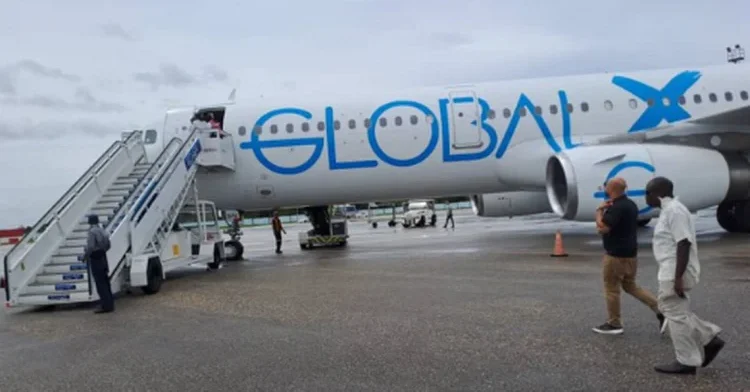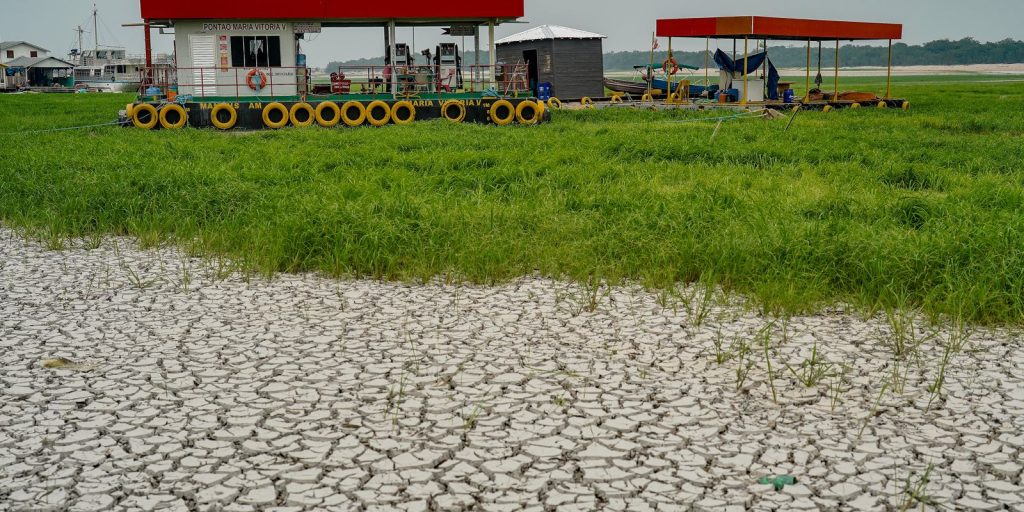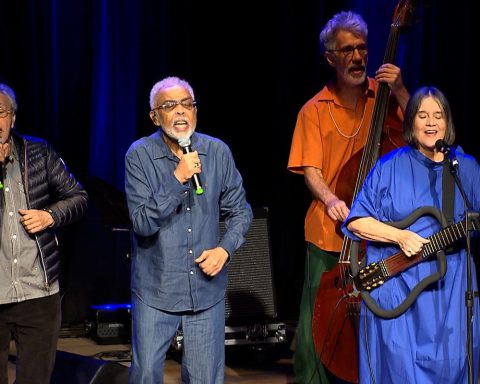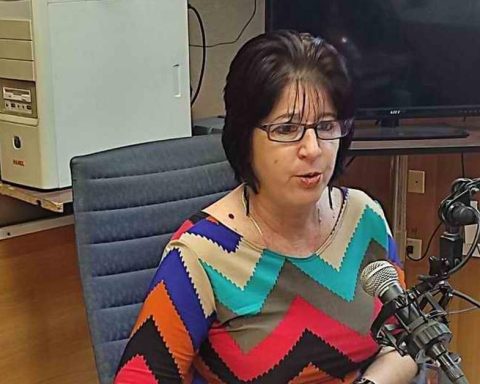He Amazon riverone of the longest and largest in the world that crosses much of South America, fell by up to 90% in the last three months in Colombia due to a serious droughtThe Government reported this Thursday.
“The water level has decreased between 80% and 90% in the last three months, due to the drought caused by climate change in the country.“said in a bulletin the National Unit for Disaster Risk Management (UNGRD).
(You can read: With good returns, Attmosferas, a finishing firm, will expand in Colombia).
The Amazon basin covers nine countries in South America: Brazil, Colombia, Peru, Bolivia, Ecuador, Venezuela, Guyana, French Guiana, and Suriname; some of the hardest hit by an unusual lack of rain recently.
The UNGRD assured that “The low levels of the Amazon River affect the nutrition and navigability of the indigenous communities of the department“Colombian that bears the same name.
(Besides: Climate Investment, a program with which USAID promotes investment in sustainable development).
Amazon River
At least 7,400 people are being harmedadded the entity.
Images captured in recent days by AFP reporters in Leticiathe capital of the department of Amazonas (south), show small stranded boats and large islands of land and grass that were exposed by the low water level.
(Besides: ‘The end of humanity has begun’: Petro, in his speech at the UN Assembly).
That city, on the triple border of Colombia with Brazil and Peru, It is key to local commerce, which moves across the river.
Residents estimate that this is the strongest drought they can remember in half a century.

Amazon River
South America keeps the alarms on this year in the face of a prolonged drought associated with the El Niño climate phenomenonwhich has caused water and hydraulic power rationing, as well as historic forest fires in several countries.
He European Copernicus Observatorywhich closely monitors the situation in the region, on Monday described the fires in the immense Pantanal wetland and in the Amazon as the worst in almost two decades.
(We recommend: The Earth is about to stop being a safe place for humans: why is it?).
There are currently active outbreaks in Colombia, Peru, Ecuador, Brazil and Bolivia.
Bogotá is in water rationing due to the low level of the reservoirs. Experts point out that the critical situation in the Amazon is related to the absence of precipitation in the Colombian capital.
AFP
